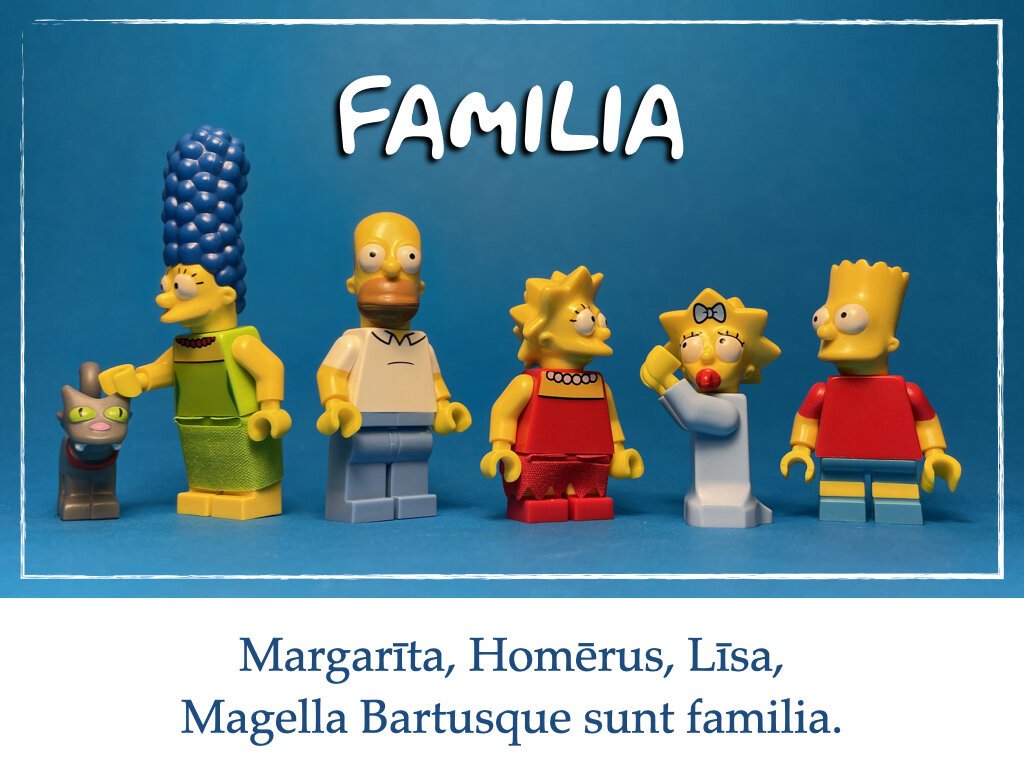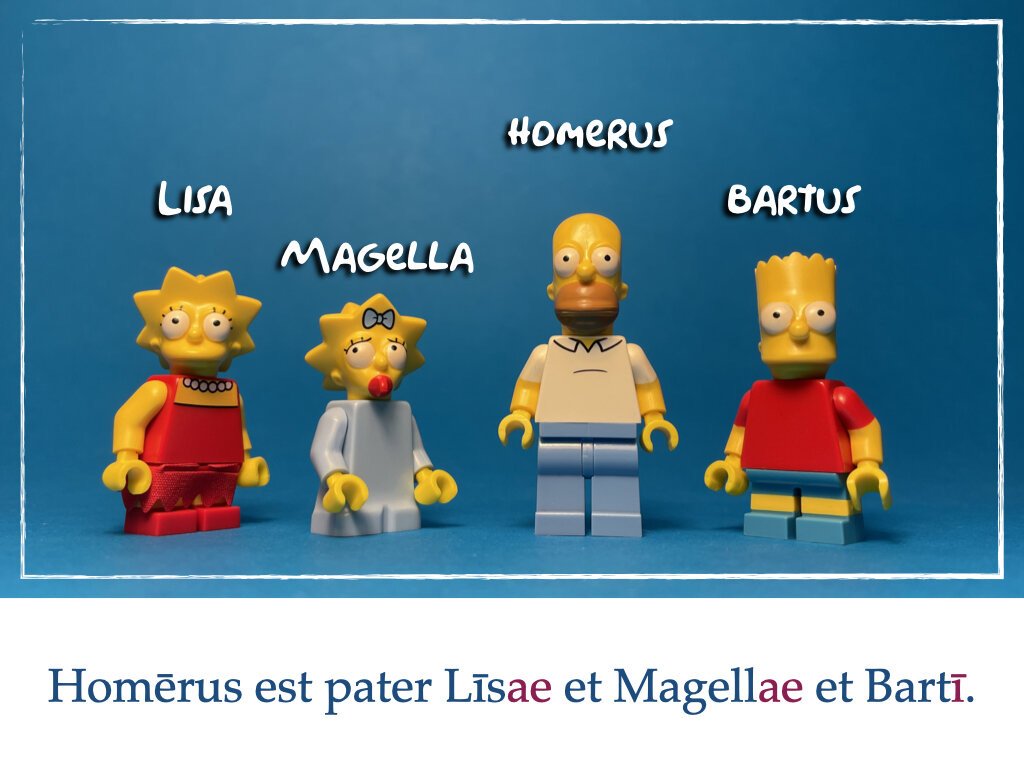Note: I’ve decided to give the students an assignment to do at home. I’ve broken the assignment up into manageable tasks - the end result will be a Latin picture book about a family. I’ll detail the various parts of the assignment lesson by lesson.
I began by telling the students that I have booked a computer room for Lesson 12, and that they should make their way there instead of coming to our usual classroom.
2. Next I told them that they would be doing an assignment, that would end with them making a picture book about a family, written in Latin, but that we would be doing it in steps. I told them that the first step was due next lesson, and wrote up the instructions on the board.
a) The first step is to choose a family. The family needs to have two generations - a parent or parents and at least one child. It was not to include grandparents, cousins etc. It could be a real family, including their own, a family they made up, or a family from a TV series, book, movie etc. I told them that, as they would be making a picture book, they would need to find/take/create pictures of the family members, so if they were using real people not already in the public sphere, they would need to get their permission.
b) I told them that they would need to adjust the names. That if the person was male, they should change the name to end in an -us and if the person was female they should change it to end in an -a. As an example, I told them about my two cats. I explained that when I speak Latin, I call Harry “Harrius” and Minnie “Minerva”.
I told them that - as they may already know - some people don’t identify as either male or female. I explained that Latin is a very binary language, but that if there was someone in their chosen family that doesn't identify as one or the other, that they should just let me know and we would work something out. Note: Lupercal has published “A Style Guide for Gender Inclusivity in the Latin Language” which you can access here.
c) Lastly, I asked them to submit a page on a loose sheet of paper, that contained the following information. i) their own name ii) the (newly Latinised) names of each family member. iii) one word from column x describing each person. iv) one word from column y describing each person. v) a short explanation - in English - of who their family was. I drew an example page up on the board for them to copy out, along with columns x and y. I told them that they wouldn’t know what the words in the two columns meant yet, but that they would by the end of the lesson. Note: due to popular demand, we also added pets.
3. With all that out of the way, we now began the lesson with out customary greeting.
4. I told them that there were two things I wanted to do today, and that we would then read a picture book about a family, something similar to what they would - in the long run - be creating.
5. The first thing was a set of simple expressions that I wanted them to copy into their exercise books, along with a definition. The first one, “quid est….?”, they had already met.
6. The second thing was about possession. We briefly talked about how English showed possession - with an apostrophe s. I told them that as we read the story, we would see how Latin showed possession.
7. It was now time to read the story. It turned out that there were only three people in the class who hadn't seen The Simpsons. I showed them how I had changed the names so that they ending in an -a or -us, and as we read through the story - Simpsones - we discussed the meaning of the words from column x and y (see above). We also met -que (and) as well as ‘Americāna’. Meeting ‘liberi’ was particularly interesting, because the text itself actually defines what the word means - Līberī sunt fīliī fīliaeque. Note: The text of Simpsones - which you can find here - is lifted wholeheartedly from Lingua Latina Per Se Illustrata Capitula Primum Pars Una - only the names have been changed. And the family has two daughters and one son.
8. In this version of the story, the possessive endings are all marked in red. The students seemed to have no trouble whatsoever understanding the meanings of these ending. One student even asked if the possessive was shown in different ways for males and females. Snap.






